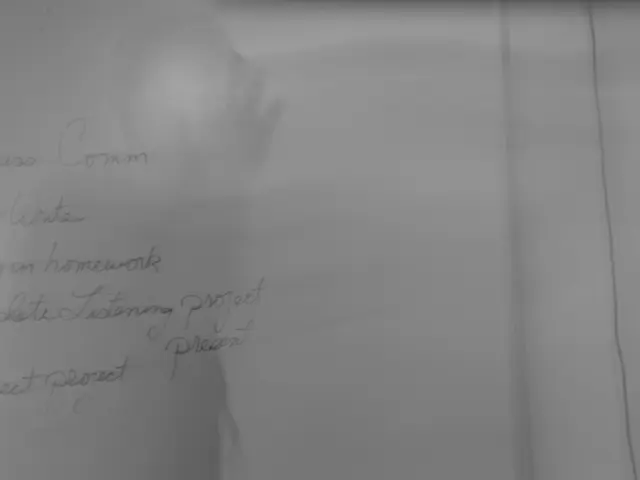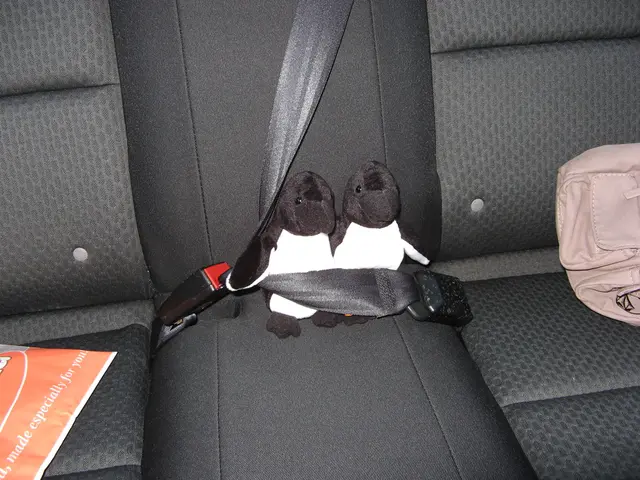Strategies for Rapid Debt Elimination: Trusted Methods for Achieving Financial Independence
In the journey towards financial freedom, debt repayment is a crucial step. Here, we explore various strategies to help you conquer your debt and maintain motivation throughout the process.
One effective approach is to combine the snowball and avalanche methods. The snowball method involves paying off debts from smallest to largest, while the avalanche method focuses on debts with the highest interest rates first. By integrating both, you can gain momentum and minimise interest payments.
Motivation is key when embarking on a long debt payoff journey. Visual tracking, celebrating milestones, connecting with a supportive community, and regularly reminding oneself of the 'why' - the reason for wanting to be debt-free - can all help maintain motivation. Acknowledging and celebrating small progress is equally important.
Contributing to retirement beyond employer match may not be the best choice for high-interest debt, but it's important to maintain retirement contributions if debt has lower interest rates. Building a small emergency fund of $1,000 before aggressively paying down debt is also recommended.
Side hustles can be effective tools for debt repayment. Michael T., for instance, paid off $18,000 in credit card debt in 10 months by driving for Uber on weekends and doing freelance writing in the evenings. The key to making side hustles effective is discipline, with 80-100% of additional income being committed to debt payments. Setting up automatic transfers or making manual payments immediately after receiving side income can help avoid the temptation to spend it elsewhere.
Paying only the minimum on all debts will extend the repayment period by years and cost thousands in additional interest. Adding new debt while trying to pay off existing obligations is counterproductive and can derail progress.
Visual representations of debt progress, such as a debt thermometer, debt-free countdown, progress spreadsheet, or milestone rewards, can provide powerful motivation. An emergency fund should be maintained while focusing on debt repayment, aiming for at least $1,000 initially and building toward 3-6 months of expenses once high-interest debt is eliminated.
Debt consolidation can be beneficial if it lowers interest rates and simplifies payments, but it's important to address the spending habits that led to debt in the first place. Breaking the debt payoff journey into smaller goals can make the process feel more manageable and provide more opportunities to celebrate success.
Debt is often a symptom of underlying financial habits or circumstances, so addressing these behaviours or situations is important in preventing future debt. The financial advice that supports the reader in choosing an appropriate method for rapid debt settlement is typically provided by credit counseling agencies or debt advisory services.
Lastly, it's essential to remember that closing paid-off credit cards can hurt your credit score by reducing available credit and shortening credit history. However, paying off debt typically improves credit scores over time by reducing credit utilization ratios and establishing positive payment histories.
By following these strategies, you can take control of your debt and move towards a debt-free future.
Read also:
- Trade Disputes Escalate: Trump Imposes Tariffs, India Retaliates; threatened boycott ranges from McDonald's, Coca-Cola to iPhones
- Aquatech purchases Koch's Direct Lithium Extraction business, merging Li-ProTM DLE technology into the PEARLTM Technology Platform.
- Nepal's Journey: Evolution from Street Life to Political Power
- Li Auto faces scrutiny after crash test involving i8 model and a truck manufacturer sparks controversy




